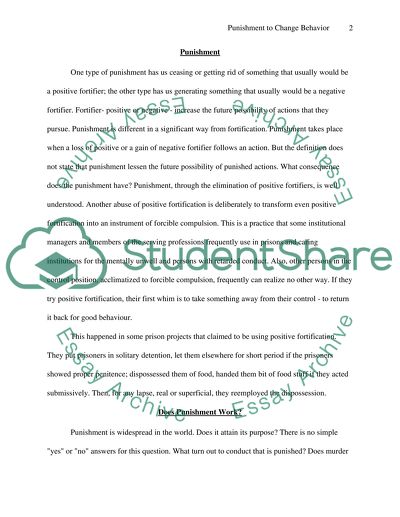Cite this document
(“Punishment to Change Behaviour Essay Example | Topics and Well Written Essays - 2000 words”, n.d.)
Retrieved from https://studentshare.org/sociology/1523378-punishment-to-change-behaviour
Retrieved from https://studentshare.org/sociology/1523378-punishment-to-change-behaviour
(Punishment to Change Behaviour Essay Example | Topics and Well Written Essays - 2000 Words)
https://studentshare.org/sociology/1523378-punishment-to-change-behaviour.
https://studentshare.org/sociology/1523378-punishment-to-change-behaviour.
“Punishment to Change Behaviour Essay Example | Topics and Well Written Essays - 2000 Words”, n.d. https://studentshare.org/sociology/1523378-punishment-to-change-behaviour.


